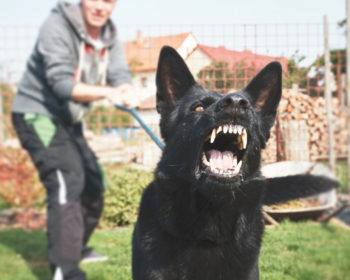Proofing: The Next Level of Reliability

Cassie holds a sit around distractions
While I was attending National K9, one of our instructors told us the following true story to impress the importance of proofing (names have been changed):
While Seth, trainer extraordinaire, was driving down a six-lane highway his car broke down. He was able to pull into the grassy, middle median. Seth’s German Shepherd was in the backseat. Seth could see a gas station, but would have to run across three lanes of traffic to reach it. (Mind you, this is before the invention of cell phones.) He didn’t want to leave his dog in the car for fear that the vehicle would be rear-ended while Seth was calling for help. But taking the dog across the road didn’t seem safe, either. So he placed his German Shepherd in a “down-stay” in the middle of the grassy median and made his way to the gas station. Sure enough, while on the pay phone Seth saw a car hit his disabled vehicle. The Shepherd flinched at the crash but quickly put his elbows back down and patiently awaited Seth’s return.
Yes, this story is a bit silly. Had it been me, I would have taken the dog with me to the gas station. I’m not even sure of the story’s authenticity. However, it is a great parable to impress the importance to proof for ALL situations.
At Flying Colors we talk a lot about the Three D’s:
distance (the space between you and your dog),
distraction (noises, people, objects, smells, etc.), and
duration (length of time).
Working gradually on one level of difficulty at a time is the best way to set your dog up for success. If your dog can hold “place” while you’re 5 feet away, gradually work your way up to 40 feet. I don’t recommend putting three lanes of highway traffic between you. But, hey, you never know what situations life will find to test your training!




